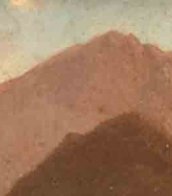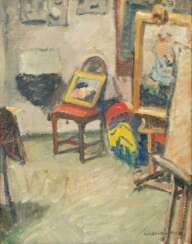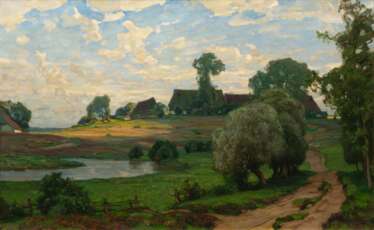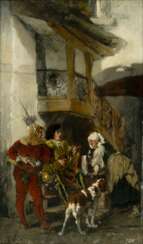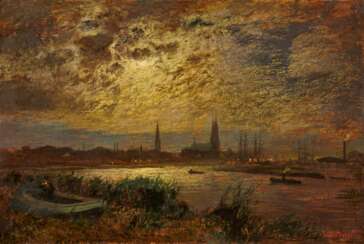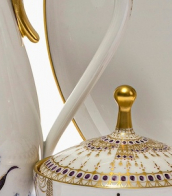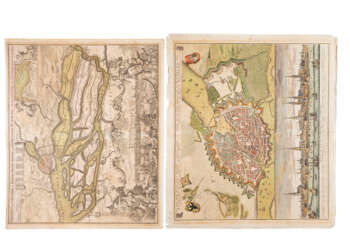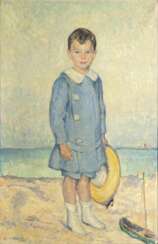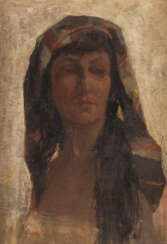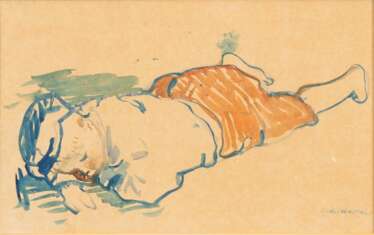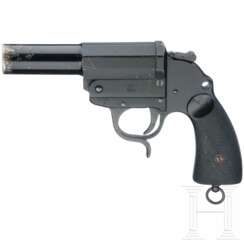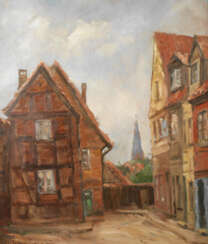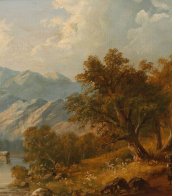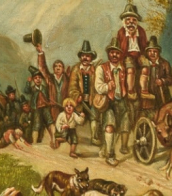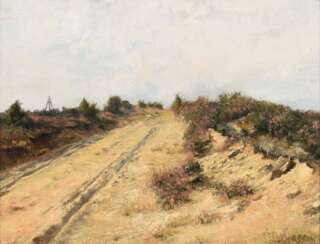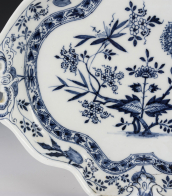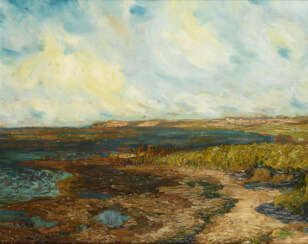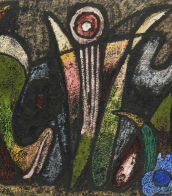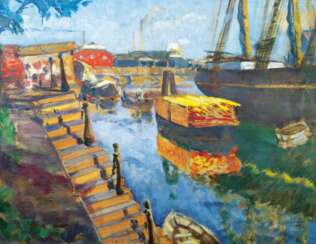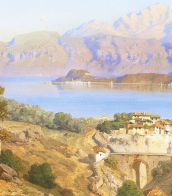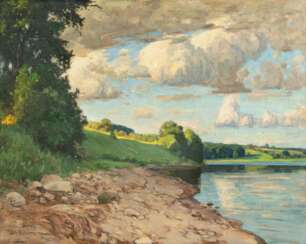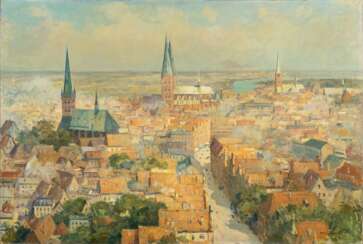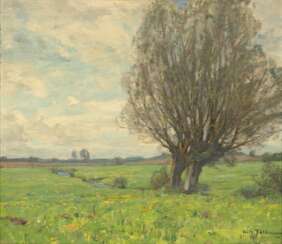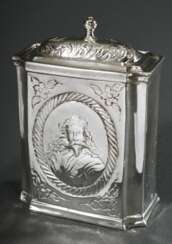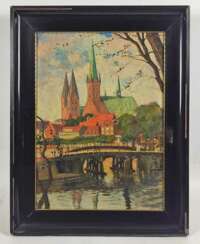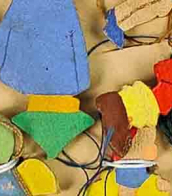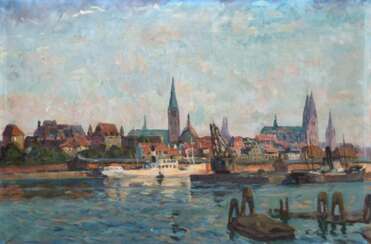lübeck
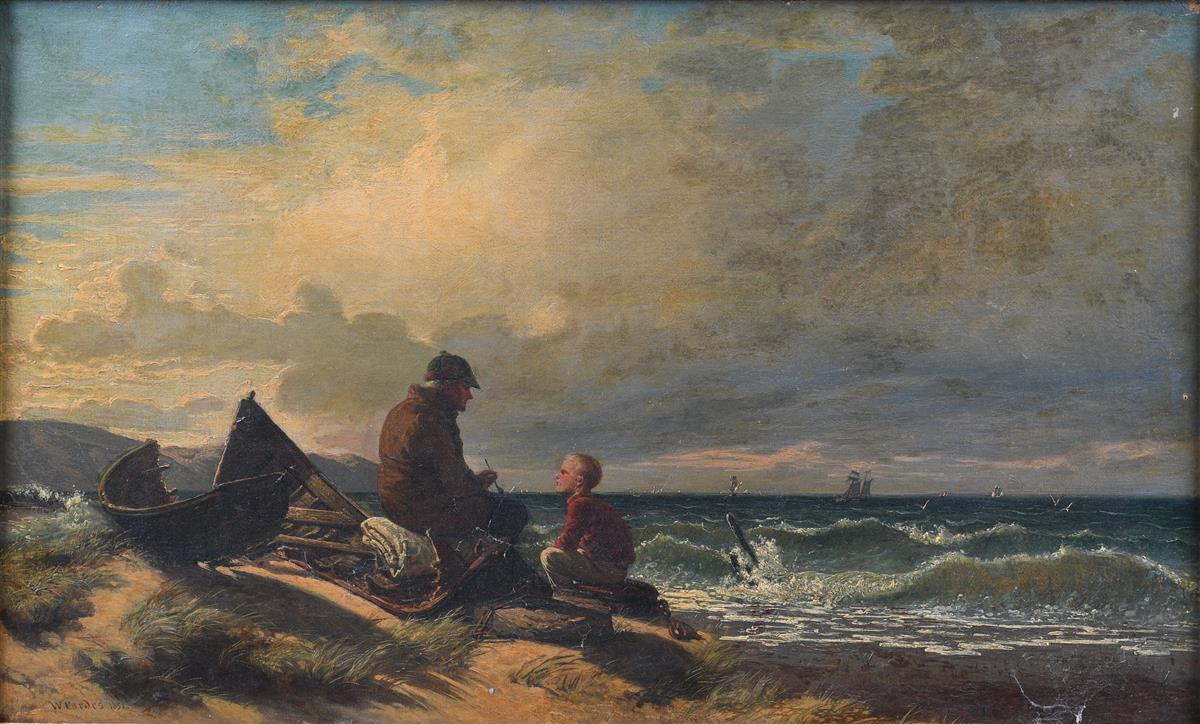
Johann Wilhelm Cordes was a German landscape painter.
Johann Wilhelm Cordes entered the Academy of Fine Arts in Prague, then moved to the Academy of Fine Arts in Düsseldorf in 1842, where he studied with Karl Friedrich Lessing and Johann Wilhelm Schirmer.
He specialised in realistic landscapes painted during his travels. He also created coastal scenes with staffage.

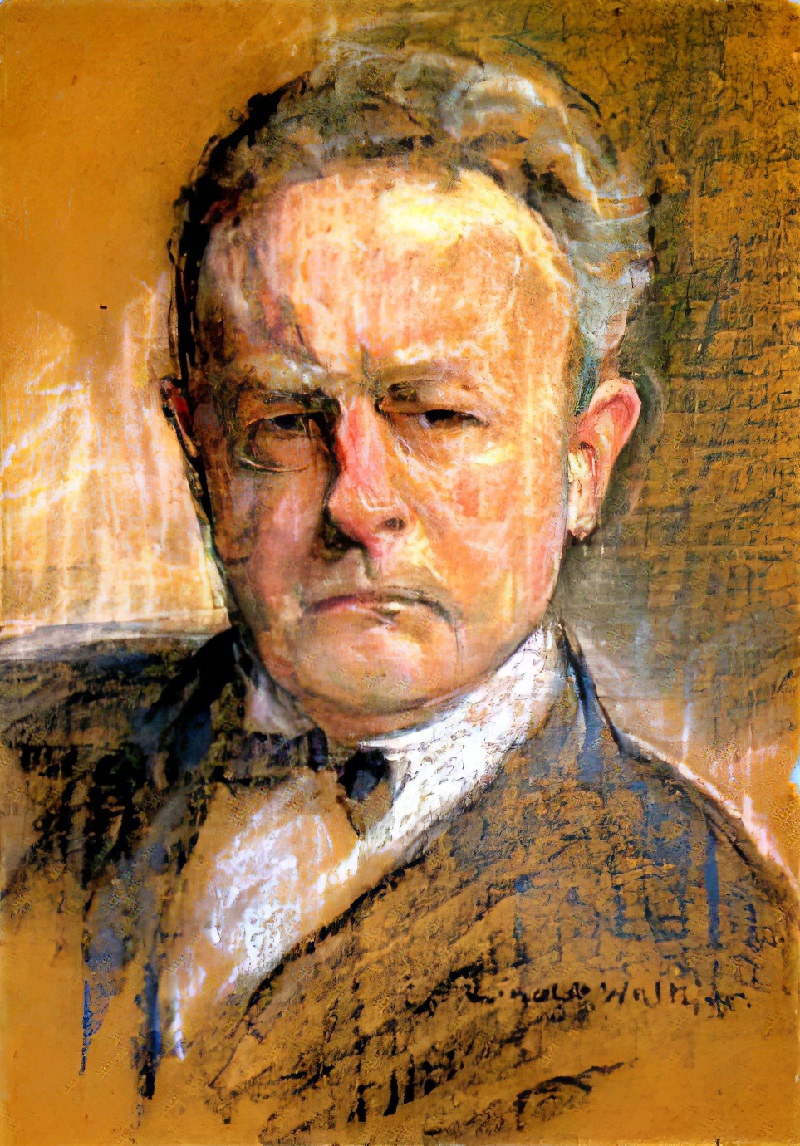
Heinrich Eduard Linde-Walther was a German painter and illustrator. He studied painting at the Academy of Fine Arts in Munich with Gabriel von Hackl and Paul Hoecker. Also at the Académie Julian in Paris. Member of the Berlin Secession since 1902.
Heinrich Eduard Linde-Walter was mainly known for landscapes and still lifes, but also did numerous children's portraits and illustrations for children's stories. Most of his works were commissioned by individual clients and remain in private ownership.

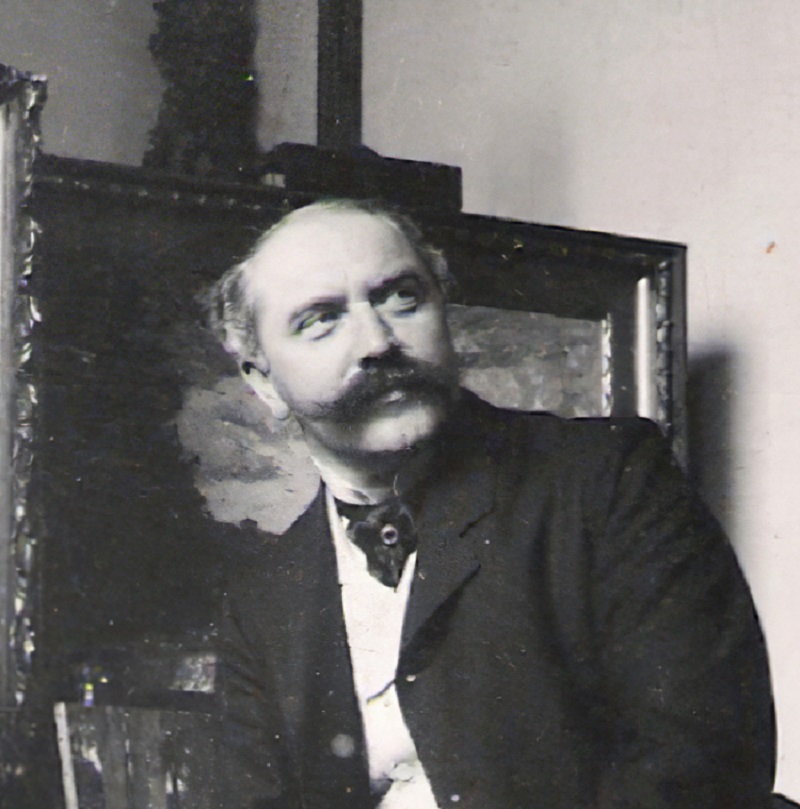
Wilhelm Feldmann was a German landscape painter, etcher, and lithographer.
In 1887, he received an award from the Dresden Watercolor Academy. Two years later, he was presented with the Menzel Foundation award. The Berlin Academy gave him a special award in 1890, for his etching of the Rudelsburg.
From 1890 to 1902, he worked in Berlin, as a free-lance landscape artist and etcher. He was awarded a small gold medal at the Große Berliner Kunstausstellung of 1895.
The Lüneburg Heath is a recurring motif in his works. By the 1900s, he was the best known painter of heath landscapes.

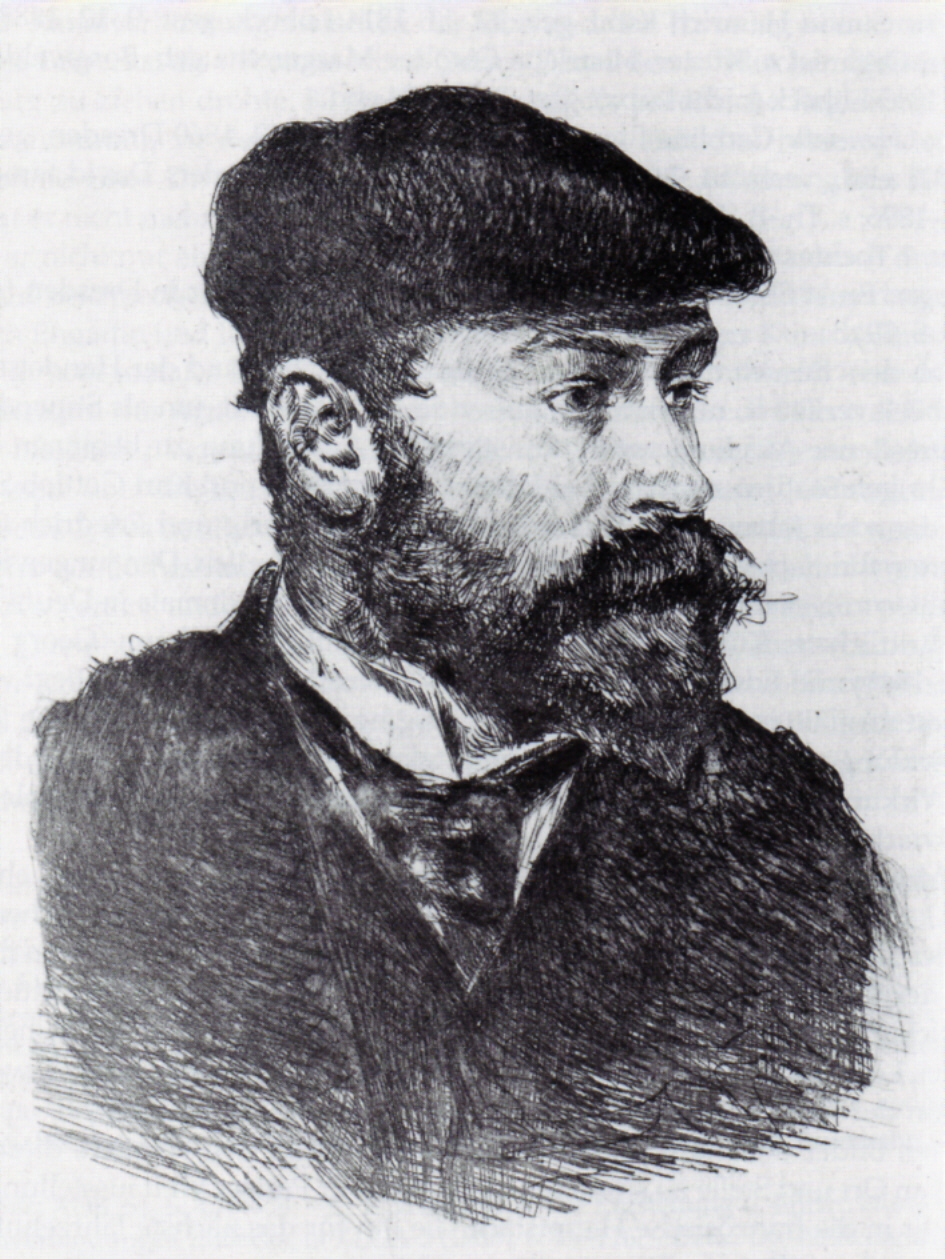
Gotthardt Kuehl was a German painter of the late nineteenth and early twentieth centuries. He is known as an impressionist painter and teacher.
Gotthardt Kuehl studied painting at the Dresden and Munich Art Academies, as well as in Paris, where he lived for two years, and on study trips to Italy and the Netherlands. He created cityscapes, architectural sketches and paintings with social themes, gaining recognition in the early stages of his work.
Kuehl participated in the founding of several artists' associations, including the Elbians, and was a member of the Berlin Secession. He continued to create and teach actively until his death.


Gotthardt Kuehl was a German painter of the late nineteenth and early twentieth centuries. He is known as an impressionist painter and teacher.
Gotthardt Kuehl studied painting at the Dresden and Munich Art Academies, as well as in Paris, where he lived for two years, and on study trips to Italy and the Netherlands. He created cityscapes, architectural sketches and paintings with social themes, gaining recognition in the early stages of his work.
Kuehl participated in the founding of several artists' associations, including the Elbians, and was a member of the Berlin Secession. He continued to create and teach actively until his death.

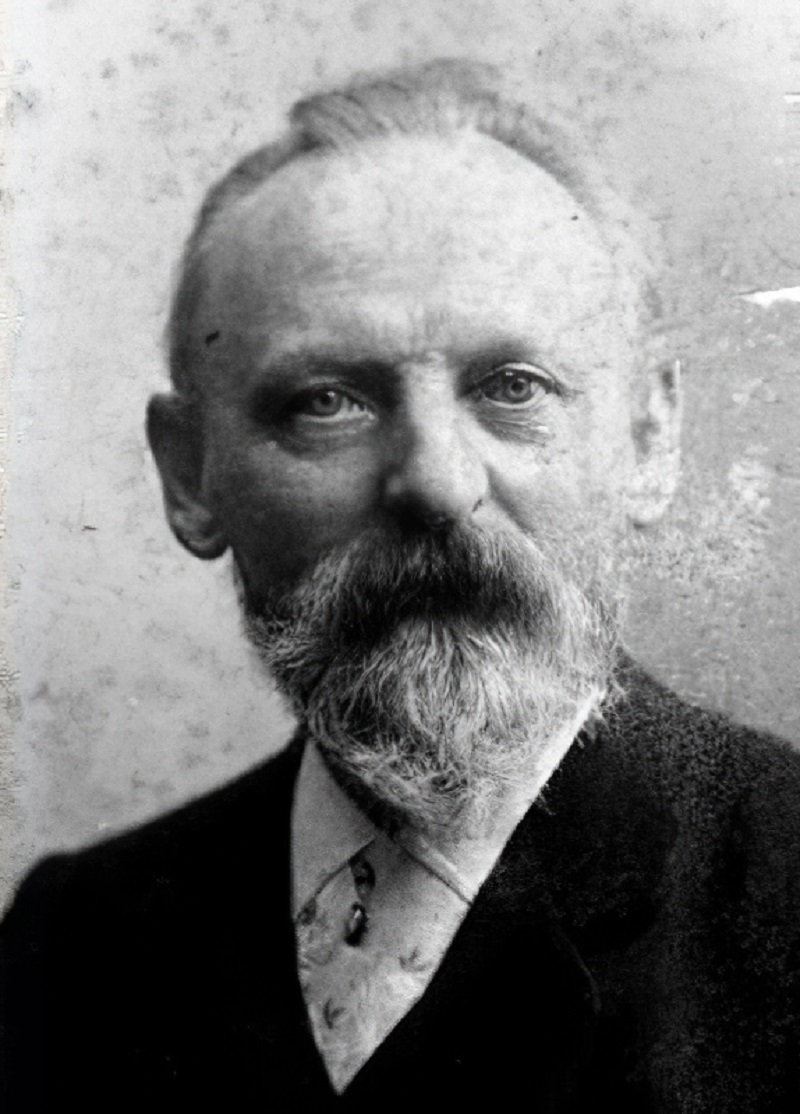
Carl Ludwig Christoph Douzette, known as Louis Douzette, was a German landscape painter.


Gotthardt Kuehl was a German painter of the late nineteenth and early twentieth centuries. He is known as an impressionist painter and teacher.
Gotthardt Kuehl studied painting at the Dresden and Munich Art Academies, as well as in Paris, where he lived for two years, and on study trips to Italy and the Netherlands. He created cityscapes, architectural sketches and paintings with social themes, gaining recognition in the early stages of his work.
Kuehl participated in the founding of several artists' associations, including the Elbians, and was a member of the Berlin Secession. He continued to create and teach actively until his death.


Heinrich Eduard Linde-Walther was a German painter and illustrator. He studied painting at the Academy of Fine Arts in Munich with Gabriel von Hackl and Paul Hoecker. Also at the Académie Julian in Paris. Member of the Berlin Secession since 1902.
Heinrich Eduard Linde-Walter was mainly known for landscapes and still lifes, but also did numerous children's portraits and illustrations for children's stories. Most of his works were commissioned by individual clients and remain in private ownership.
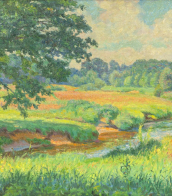

Johann Wilhelm Cordes was a German landscape painter.
Johann Wilhelm Cordes entered the Academy of Fine Arts in Prague, then moved to the Academy of Fine Arts in Düsseldorf in 1842, where he studied with Karl Friedrich Lessing and Johann Wilhelm Schirmer.
He specialised in realistic landscapes painted during his travels. He also created coastal scenes with staffage.


Heinrich Eduard Linde-Walther was a German painter and illustrator. He studied painting at the Academy of Fine Arts in Munich with Gabriel von Hackl and Paul Hoecker. Also at the Académie Julian in Paris. Member of the Berlin Secession since 1902.
Heinrich Eduard Linde-Walter was mainly known for landscapes and still lifes, but also did numerous children's portraits and illustrations for children's stories. Most of his works were commissioned by individual clients and remain in private ownership.

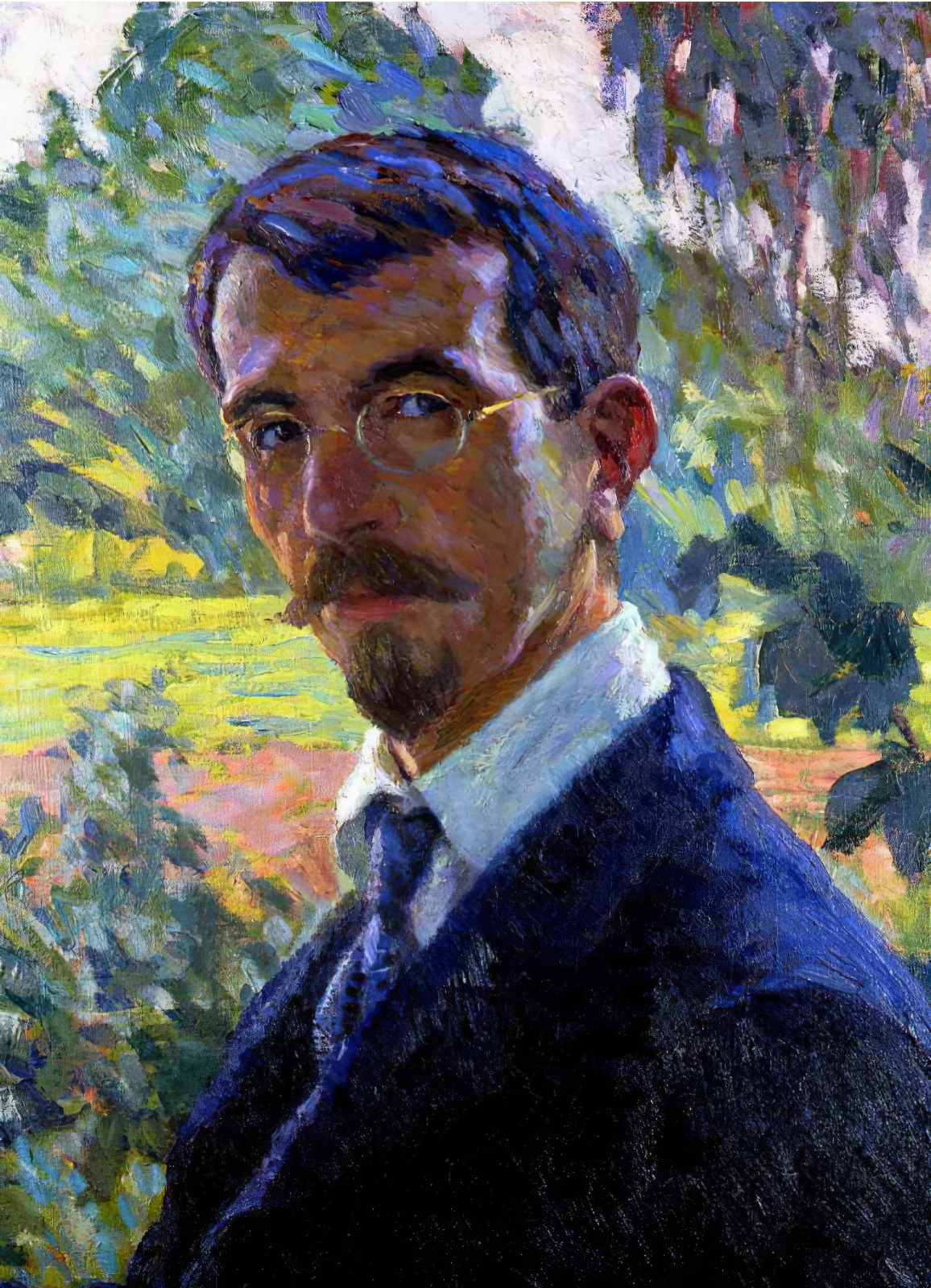
Wilhelm Heinrich Ernst Eitner was a German painter of the late nineteenth and first half of the twentieth centuries. He is known as an impressionist painter and teacher.
Eitner produced portraits, landscapes, and woodcuts in a style reminiscent of Japanese art. Despite initial rejection in German society of his impressionist style of painting, over the years he gained recognition and even the title "Claude Monet of the North." Eitner was a member of numerous art associations. His works are preserved in the Hamburg Kunsthalle.
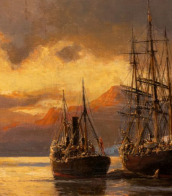

Wilhelm Feldmann was a German landscape painter, etcher, and lithographer.
In 1887, he received an award from the Dresden Watercolor Academy. Two years later, he was presented with the Menzel Foundation award. The Berlin Academy gave him a special award in 1890, for his etching of the Rudelsburg.
From 1890 to 1902, he worked in Berlin, as a free-lance landscape artist and etcher. He was awarded a small gold medal at the Große Berliner Kunstausstellung of 1895.
The Lüneburg Heath is a recurring motif in his works. By the 1900s, he was the best known painter of heath landscapes.
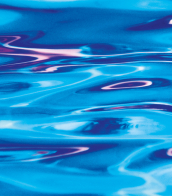
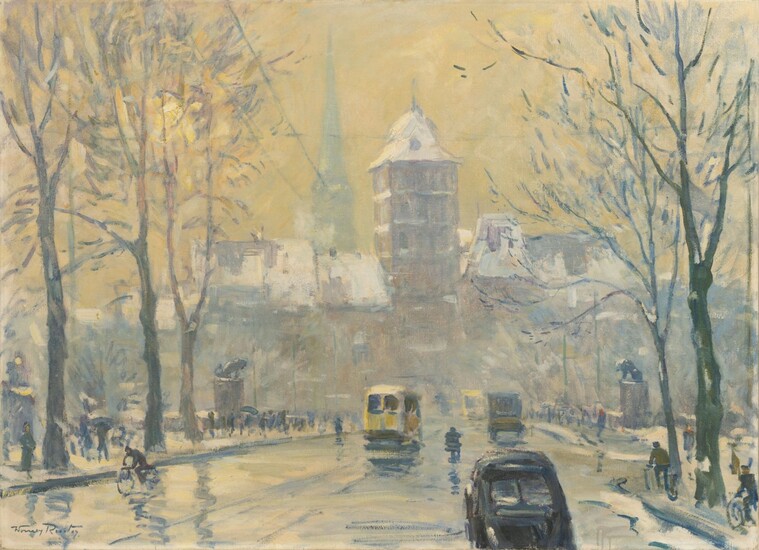
Werner Reuter was a German impressionist painter, master of urban and rural landscapes.


Werner Reuter was a German impressionist painter, master of urban and rural landscapes.


Wilhelm Feldmann was a German landscape painter, etcher, and lithographer.
In 1887, he received an award from the Dresden Watercolor Academy. Two years later, he was presented with the Menzel Foundation award. The Berlin Academy gave him a special award in 1890, for his etching of the Rudelsburg.
From 1890 to 1902, he worked in Berlin, as a free-lance landscape artist and etcher. He was awarded a small gold medal at the Große Berliner Kunstausstellung of 1895.
The Lüneburg Heath is a recurring motif in his works. By the 1900s, he was the best known painter of heath landscapes.


